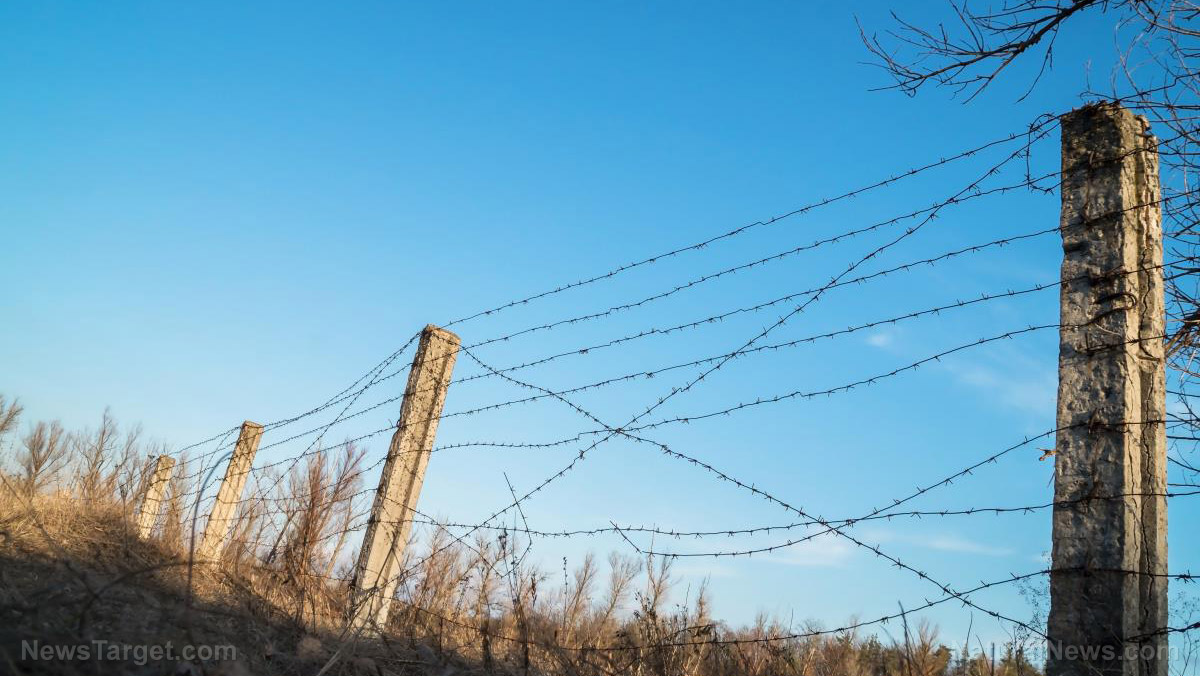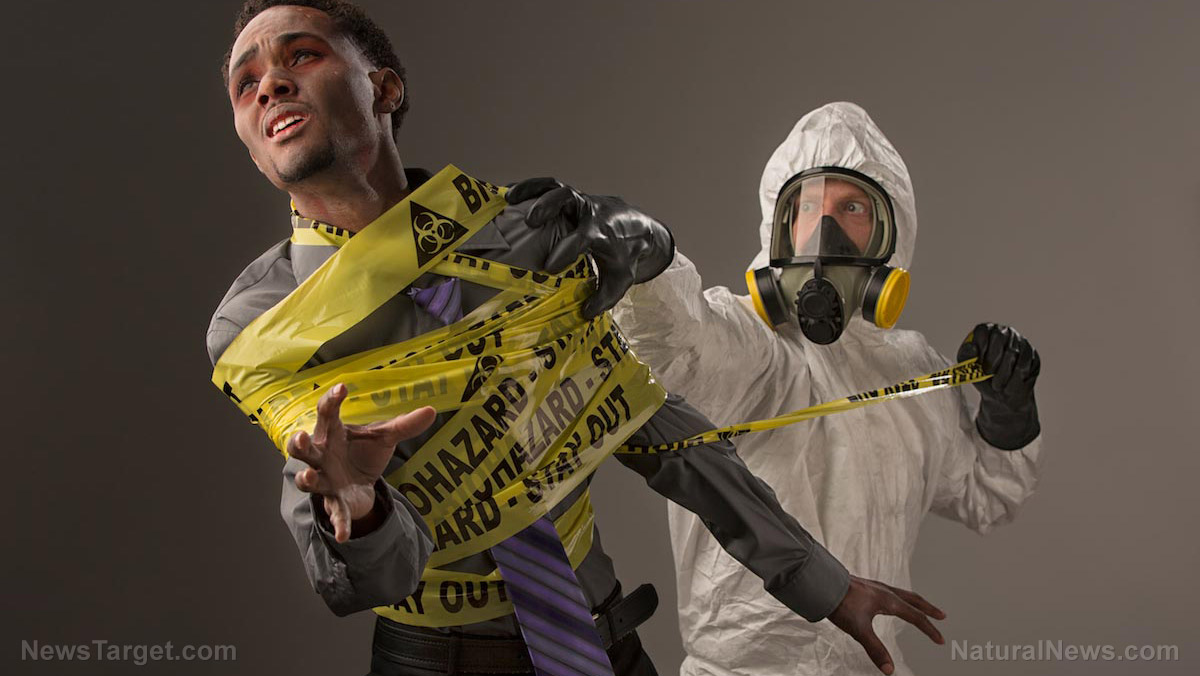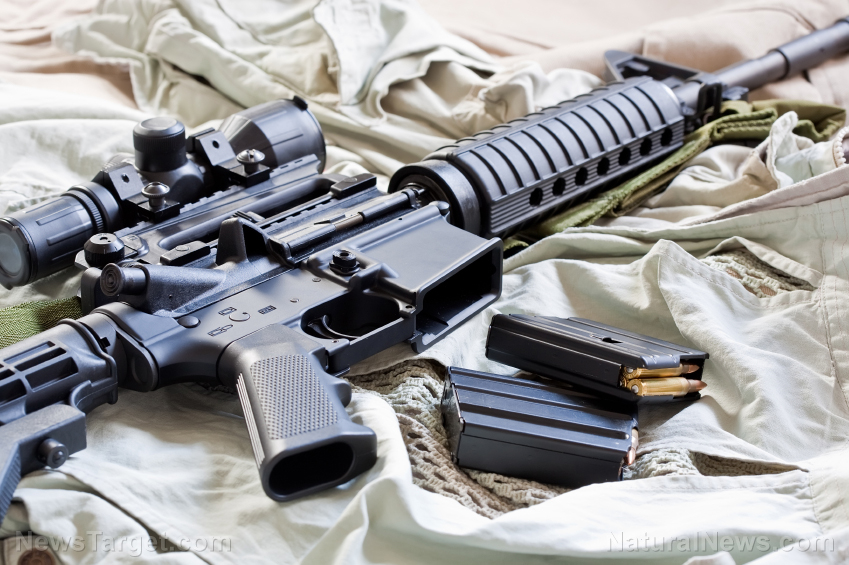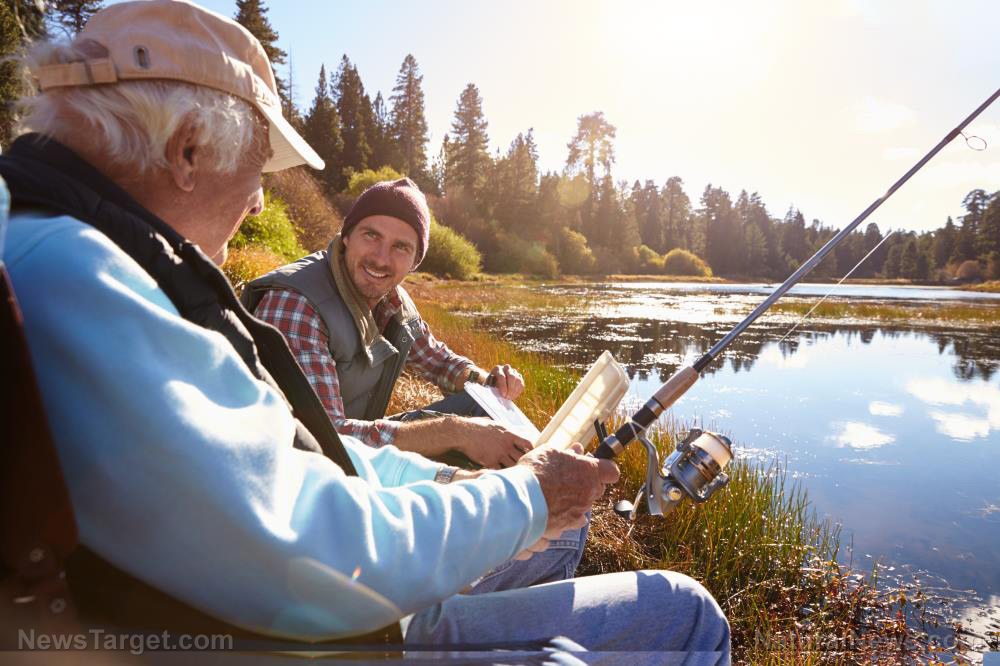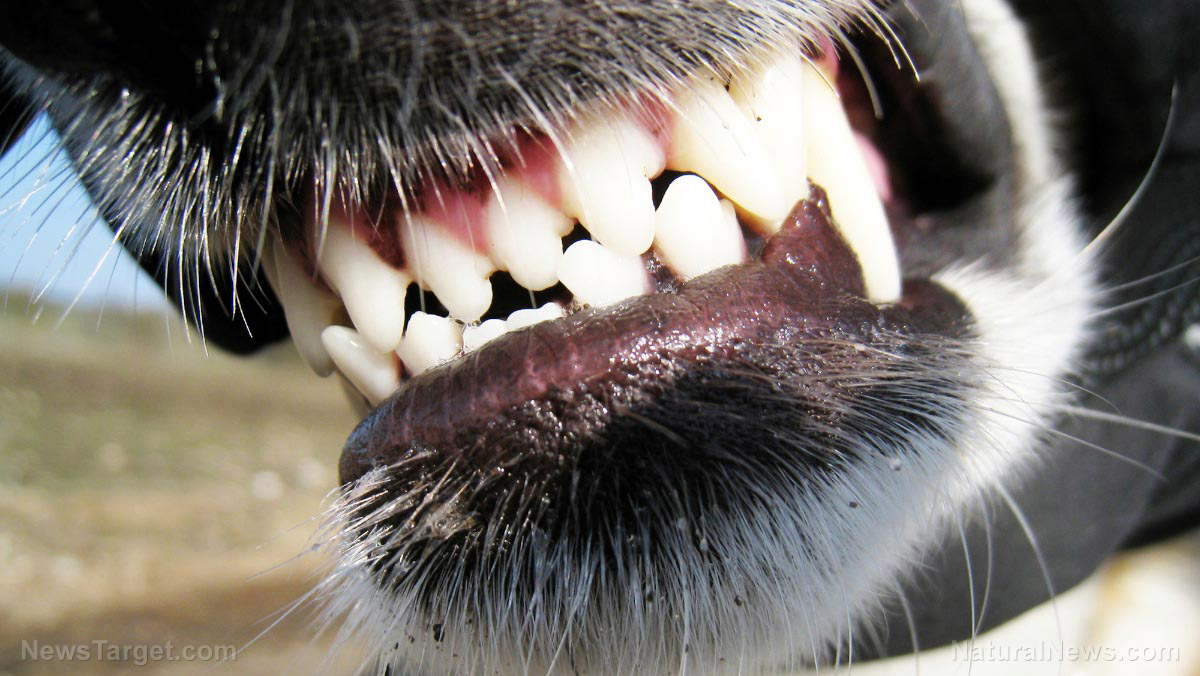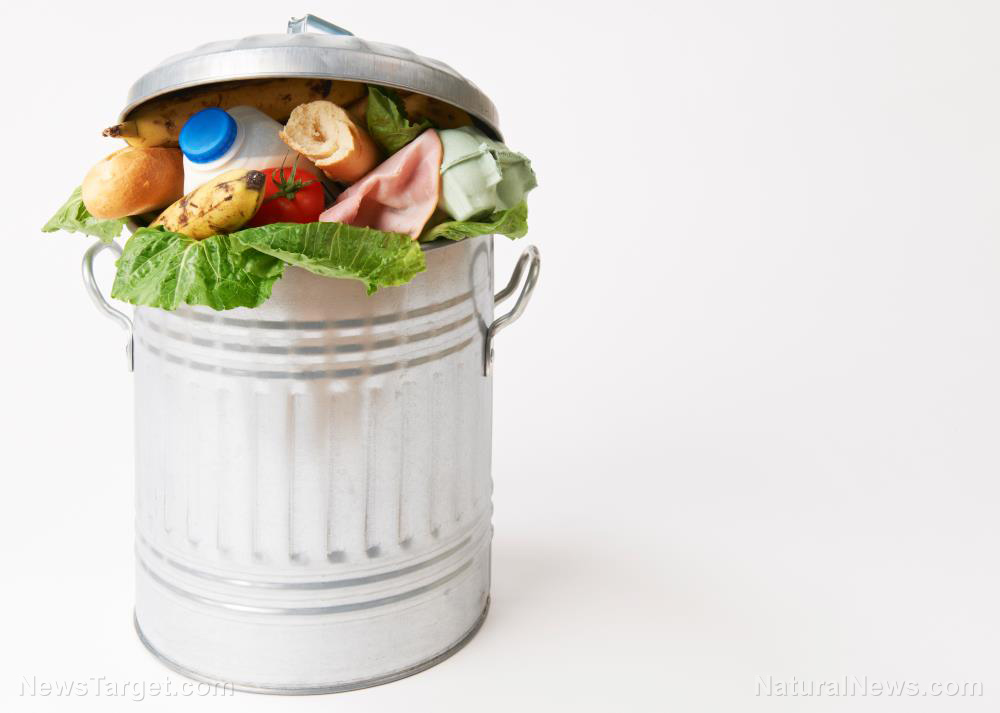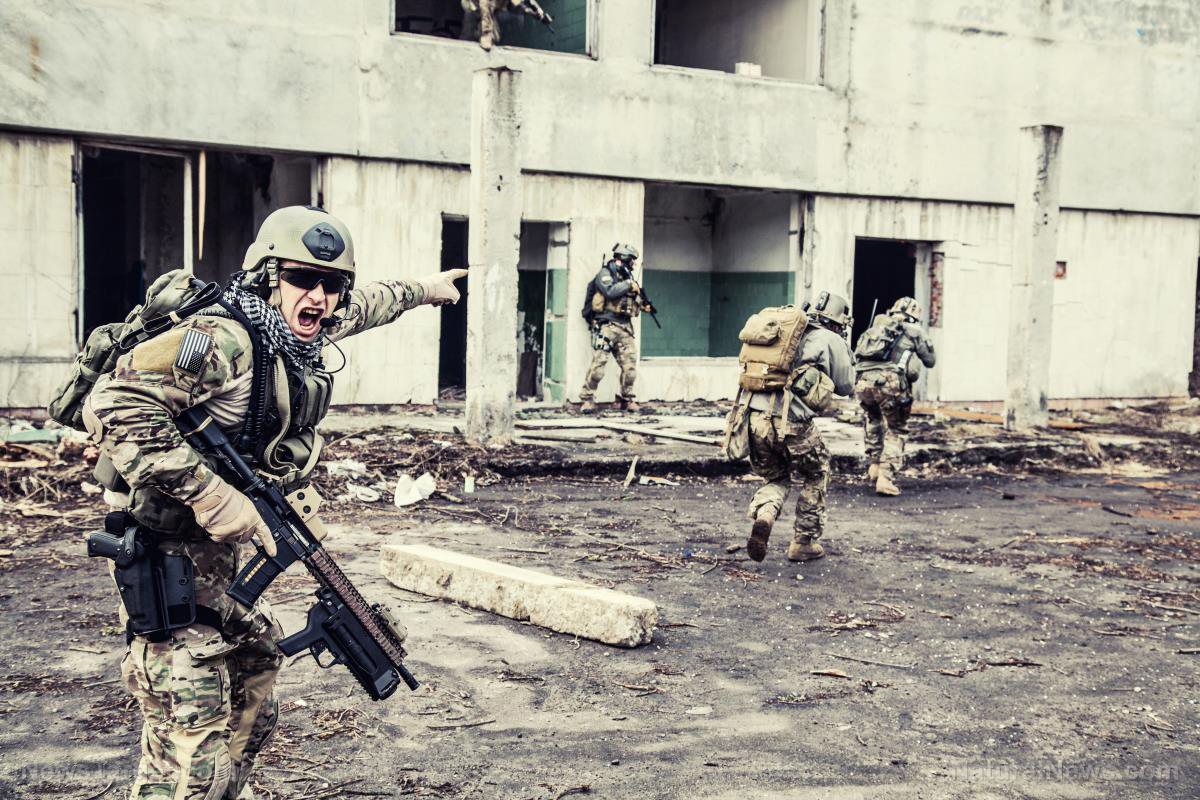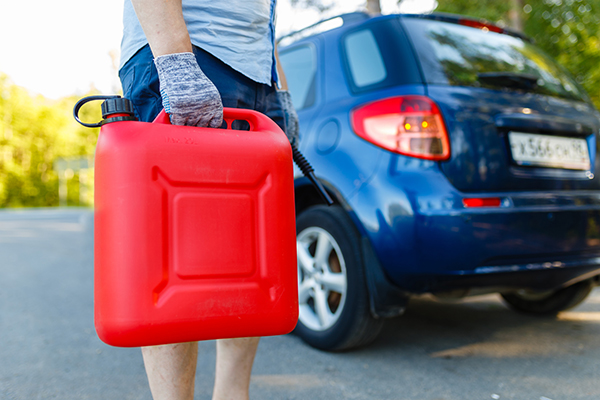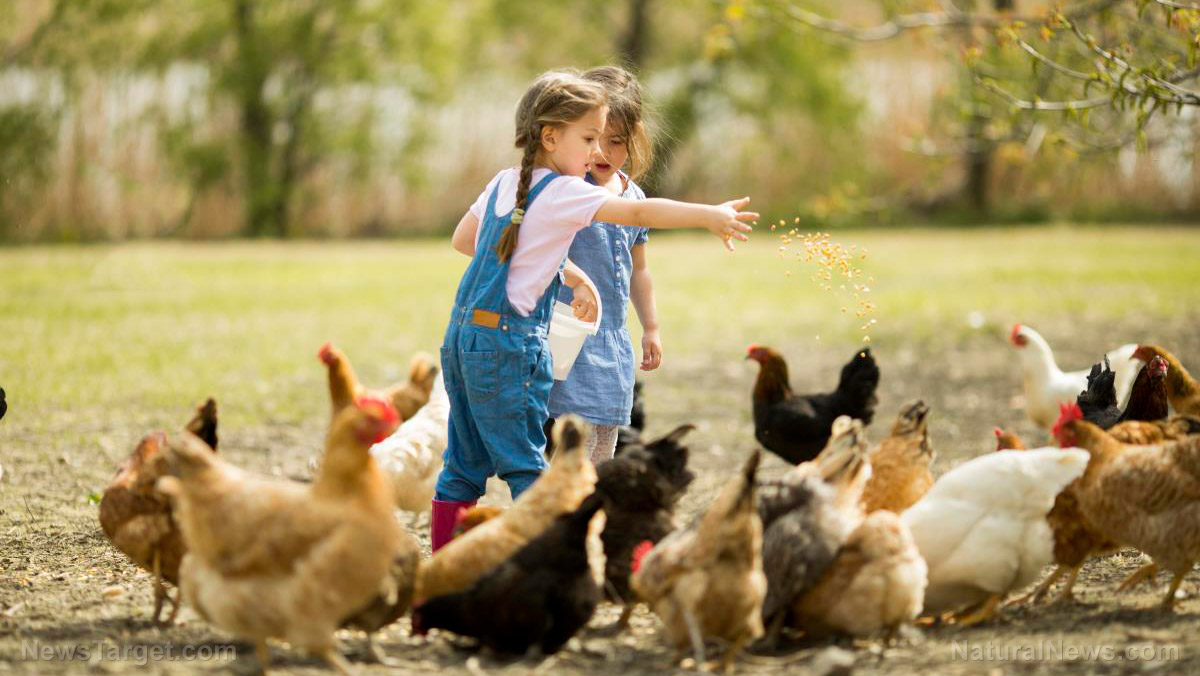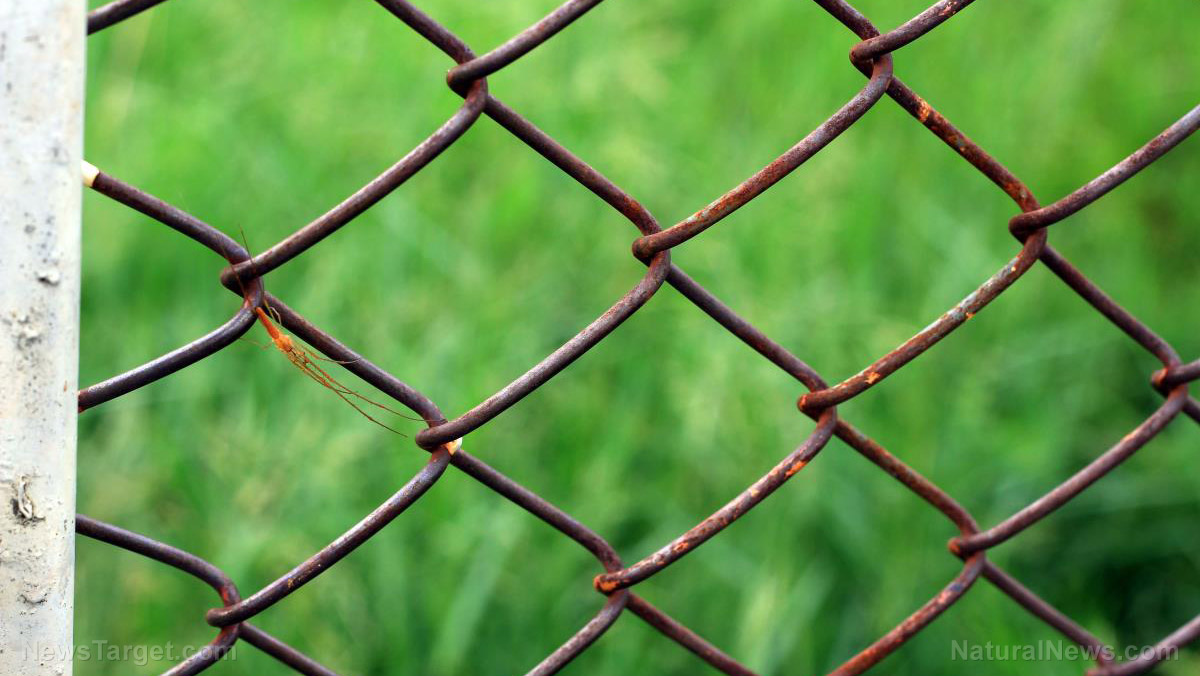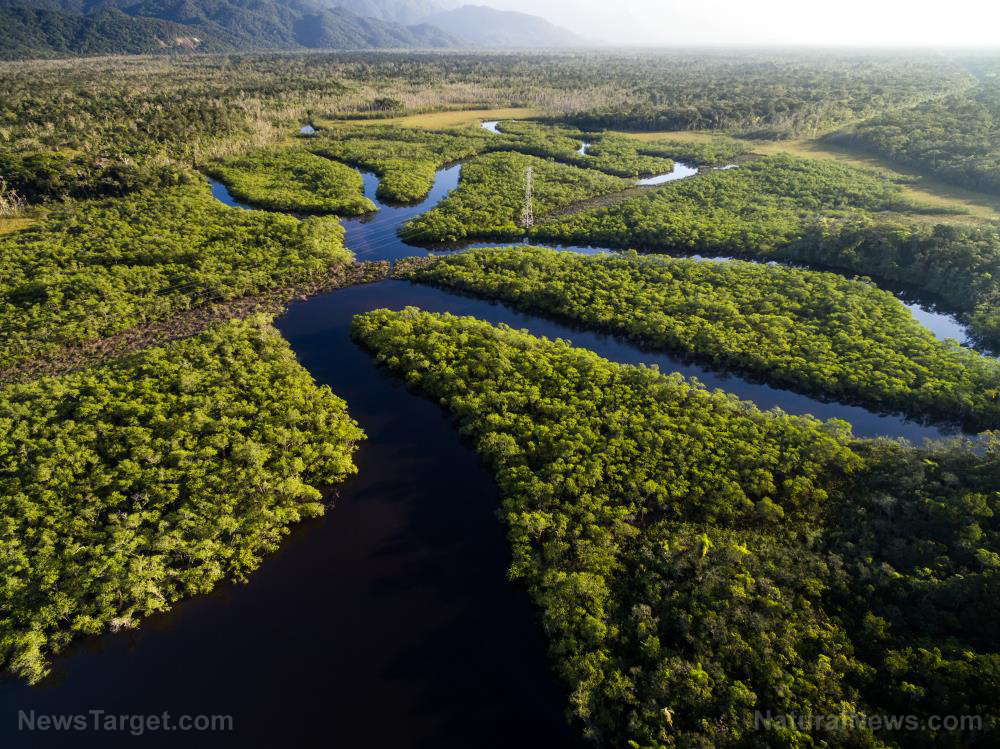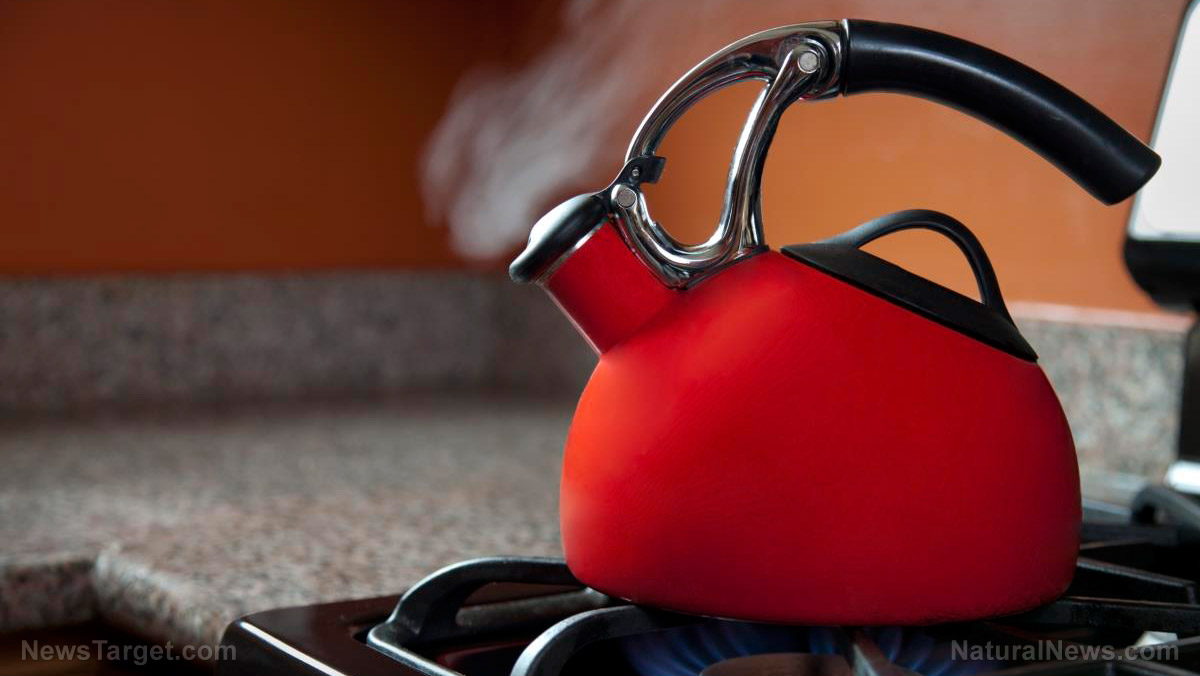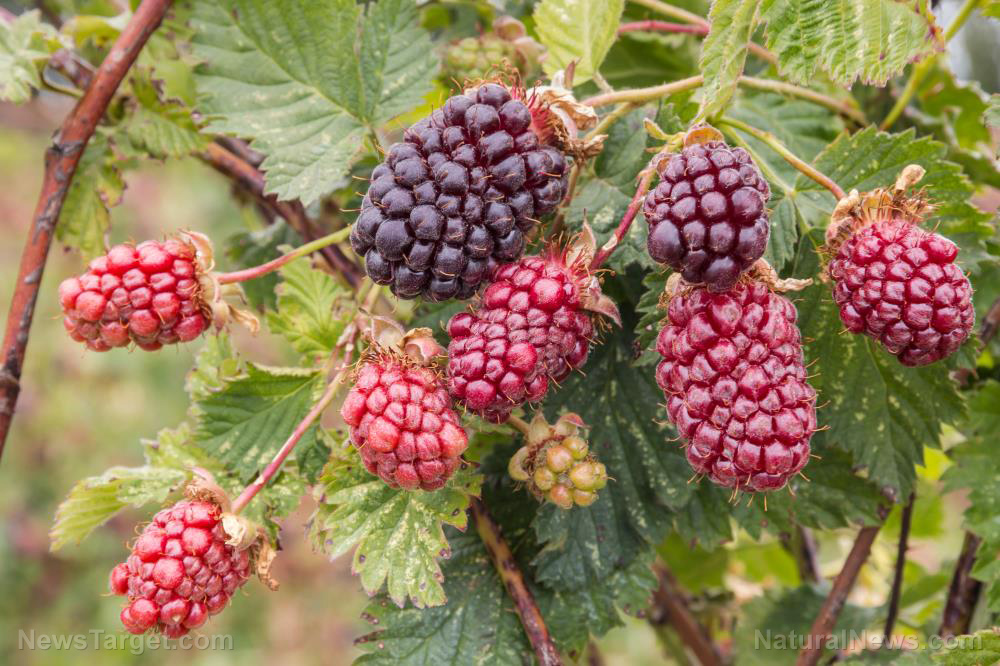Prepping basics: How to process wild game meat
02/21/2020 / By Darnel Fernandez
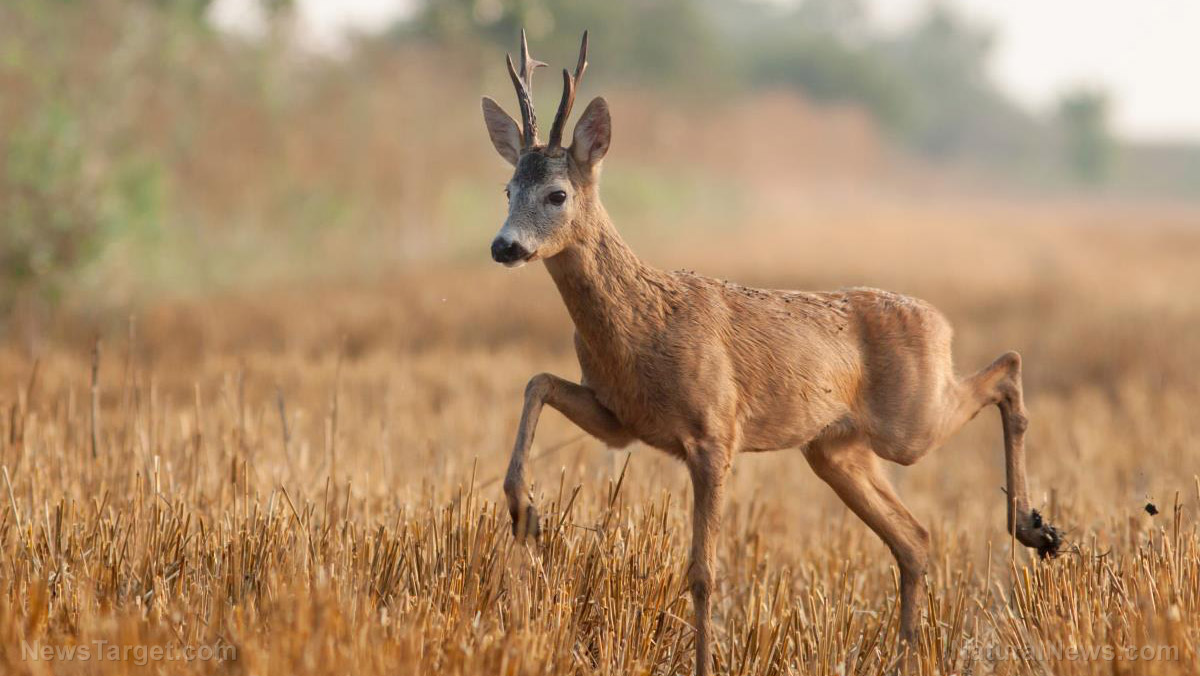
It is second nature for preppers to make sure that they always have food in their homestead or bug-out shelter. One of the ways preppers can ensure a sufficient amount of protein is through hunting wild game. Hunting is entirely legal – provided that you only hunt during designated hunting seasons and with the proper permits. Processing your kills, however, is another story. While you can always pay someone else to do it for you, if SHTF, having the knowledge to do it yourself can be a lifesaver. (h/t to AskAPrepper.com)
Food from the wild
Knowing how to butcher an animal can be an essential survival skill for any prepper looking to bug-out in the woods. However, doing so is not as easy as it sounds. Making a mistake during the butchering process can make the meat inedible. For example, haphazardly butchering an animal can run the risk of contaminating the rest of the meat with bacteria from the gastrointestinal tract – and that’s only one of several things that could go wrong. A cautious mind and a wide array of food preparation skills can be a huge boon when preparing freshly hunted game for consumption. (Related: Food safety tips: How to determine if meat from domestic wild animals is safe to consume.)
Below you can find a list of equipment you need to butcher wild game:
- A method to hang the animal
- A sharp skinning knife (with a knife sharpener)
- Loppers for making small joint cuts
- Clean water for washing
- Any container to hold the meat cuts
- Assorted knives for cutting meat
- A hacksaw to cut through larger bones
Now that you have everything you need, you’re finally ready to do meal prep on common wild game.
Deer and elk
When dealing with deer, always start off by removing the front legs – cut them off just below the knee as there isn’t any meat on them. You can then grab the shank of the deer and start slicing with your knife to remove it. This can be used for roasts or even steaks. Afterward, remove the neck meat, brisket and flank, which are good to grind up or even as cubes for stews. Now you can cut right into the loin and back straps – considered the most tender and best cuts of deer meat.
Processing elk is fundamentally the same as processing deer. The only difference is the size of the two animals and the amount of meat you can gather from them, with the elk having significantly more. However, unlike the deer, elk brisket includes the breast, which is a flavorful type of meat that requires slow cooking. The plate – located below the ribs and behind the brisket – is a cut of meat that is fatty and cartilaginous. This makes it a slice of coarse meat that should be cut against the grain.
Rabbit
After culling, skinning and gutting your rabbit, you should start removing the silverskin covering the meat. You can perform this delicate process all at once, or even separately through each cut of meat. However, you should be wary of accidentally cutting the meat before you intended.
Removing the forefeet of the rabbit is easy due to their small size – just find the joints and snip them off. Next, start cutting around the shoulder until the forelegs are completely separated from the body. As for the hind legs, cut from the underside of the hind leg and continue slicing along the pelvic bone all the way to the ball and socket joint. Apply a firm grip and bend the entire leg backward until it pops the joint out. You can continue cutting until you get the biggest meat section of the rabbit.
Knowing how to butcher your own meat can mean the difference between eating your next meal and starvation when trying to survive out in the wilderness.
Sources include:
Tagged Under: bug out, food collapse, food prep, food safety, food supply, homesteading, hunting, meat processing, off grid, preparedness, prepping, self-reliance, SHTF, starvation, survival, survival food, survival skills, wild animals, wild game, wild game meat, wilderness survival
RECENT NEWS & ARTICLES
COPYRIGHT © 2017 · SURVIVAL NEWS


